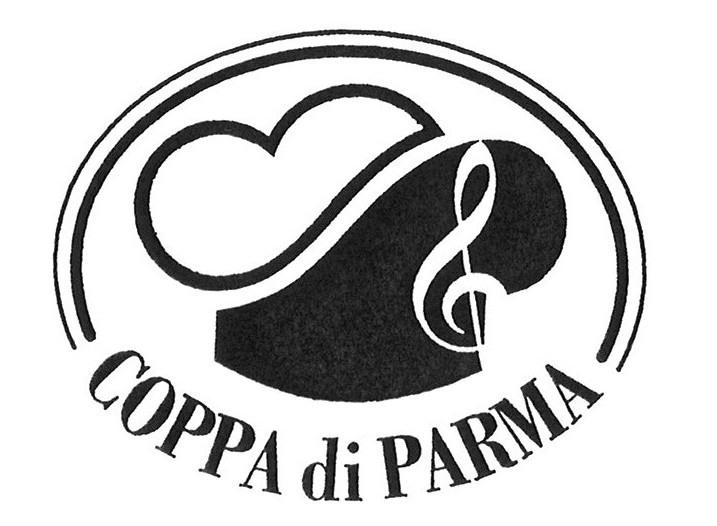History, tradition and territory
In the 17th Century, the product was to as “bondiola” or “salame investito” in other words sausage. Coppa di Parma also appears in some documents of the same period, written by travellers, who talk about it as the local gourmet product. In a text of 1723, we can find some evidences about the corporation of “lardaroli”, a group accessible only by people with many cold cuts and “bondiole”. During the same period, also in the Royal Kitchens, there was demand for “bondiole”, as they were particularly appreciated by Duke Don Ferdinando Borbone’s court.
Production
Once arrived in the factory, meat is cut and trimmed, isolating muscles of the superior cervical part of pig, removing the excessive fat. At this point they proceed with the salting, covering meat with a mixture of salt, spices and natural aromas. Salting goes on for 6-10 days, during which meat is examined and massaged, allowing the absorption of salt and aromas. After a period of rest for at least 5 days, it is stuffed inside natural bowels, and hand-tied with cords.
Meat is left to dry, so it passes to the seasoning, for at least 60 days from the beginning of the processing for cups from 2 to 2.6 kg and 90 days for those weighing over 2.6 kg.
Tasting
It has a delicate taste and a little salty. The slice is quite compact, not oily, red in the lean and rosy in the fat. Suggested as a starter or a second dish, matched with bread, hot crostini, and vegetable pâté. It is the ideal ingredient for preparing salty pies and stuffed pizzas.
Interesting facts
Thanks to a short maturation period, it is characterized by its soft consistency and its flavor not too intense. That allows perceiving the typical taste of this meat.
Mark
Protected Geographical Indication (PGI) recognized under Reg. UE 1118 of 31.10.2011 – GUUE L 289 of 08.11.2011.



